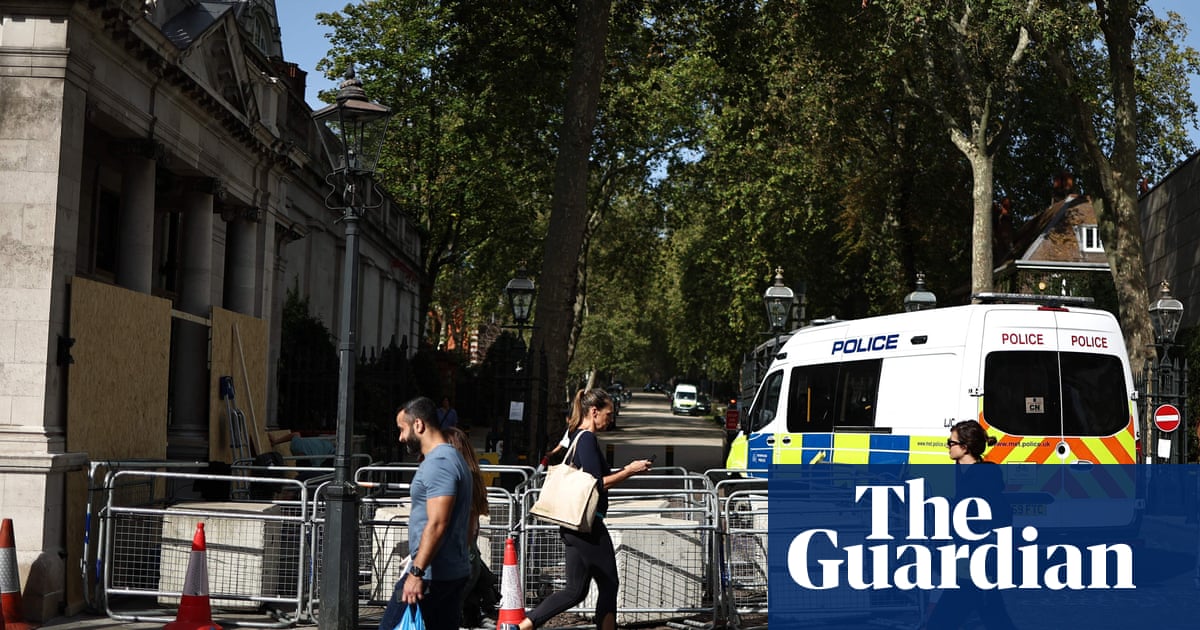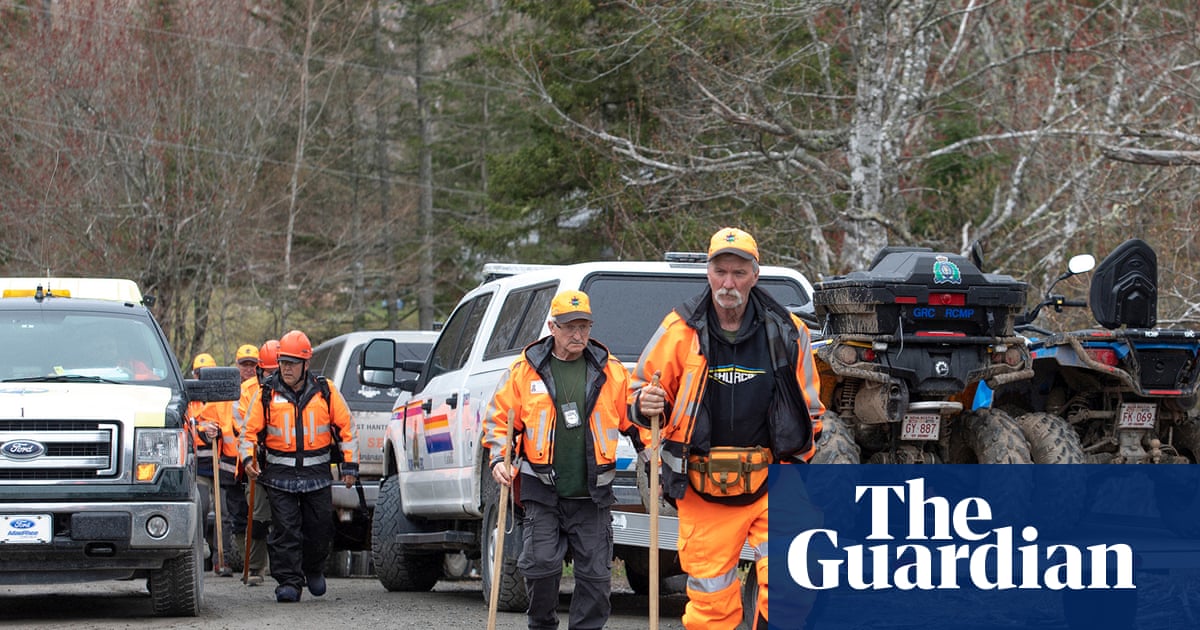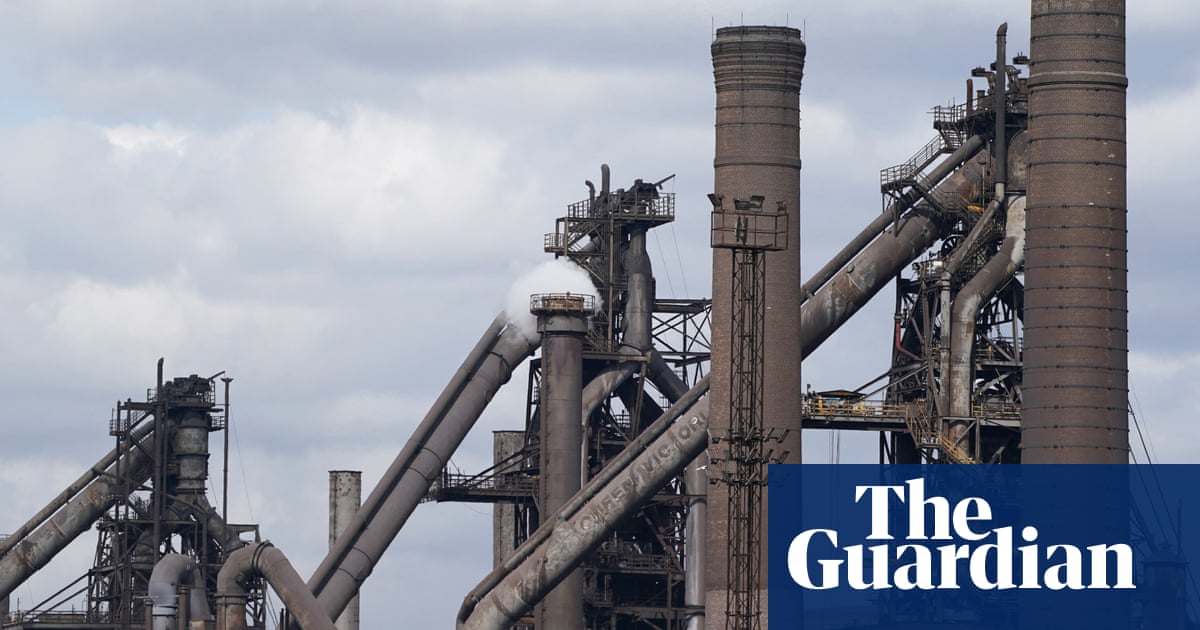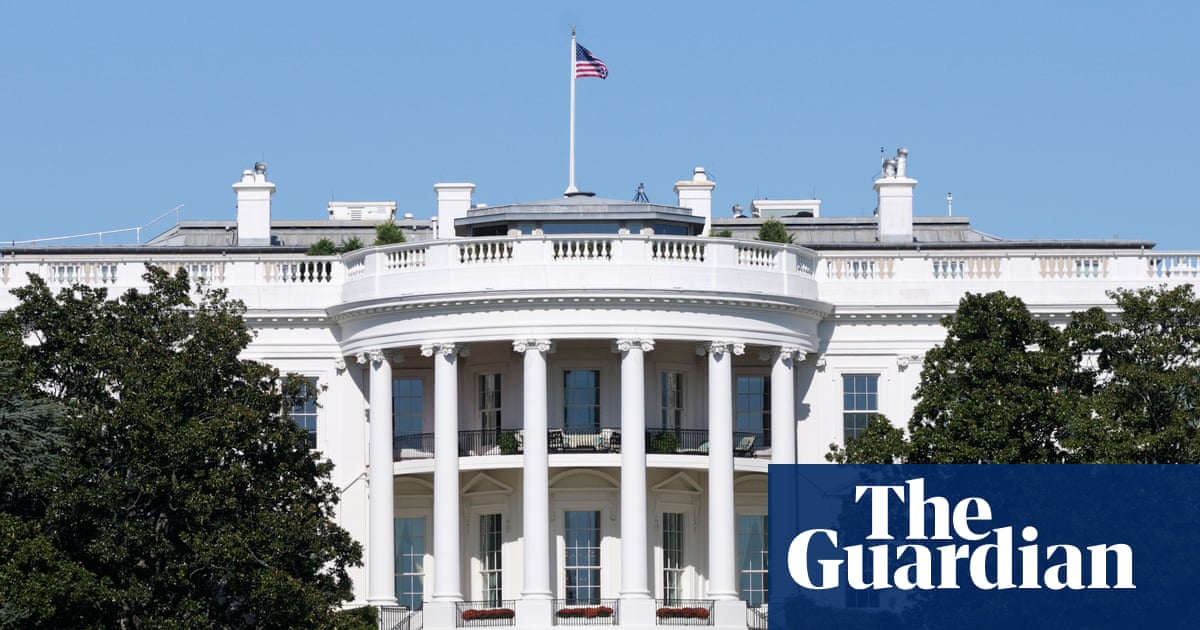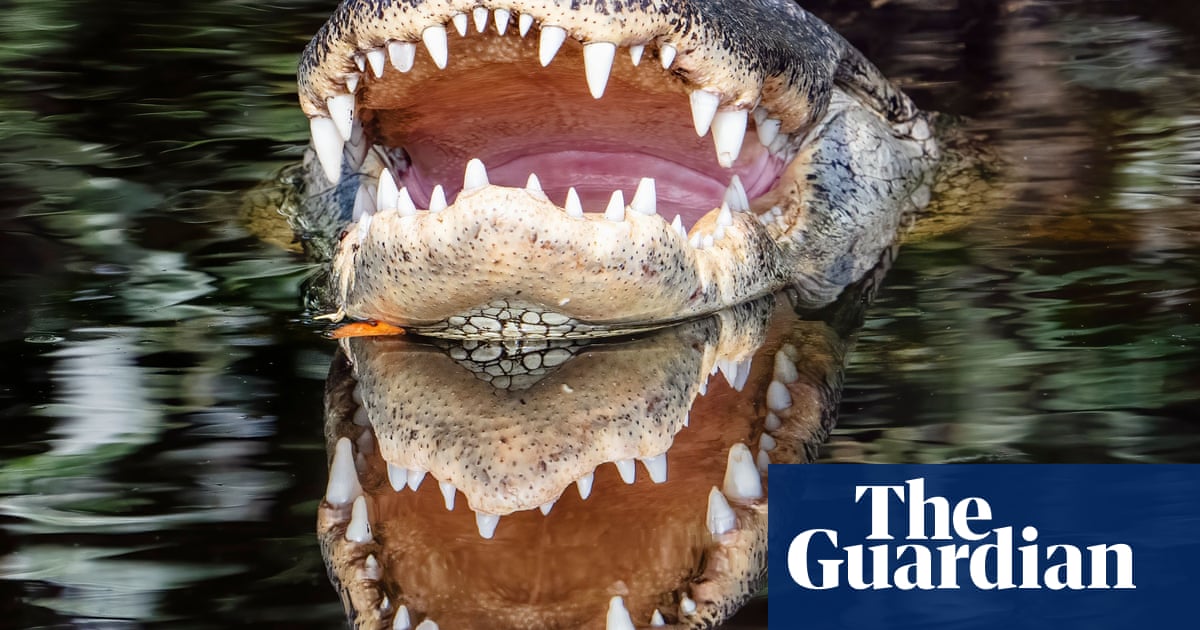Real-world geoengineering experiments spanning the globe from the Arctic to the Great Barrier Reef are being funded by the UK government. They will test sun-reflecting particles in the stratosphere, brightening reflective clouds using sprays of seawater and pumping water on to sea ice to thicken it.
Getting this “critical missing scientific data” is vital with the Earth nearing several catastrophic climate tipping points, said the Advanced Research and Invention Agency (Aria), the government agency backing the plan. If demonstrated to be safe, geoengineering could temporarily cool the planet and give more time to tackle the root cause of the climate crisis: the burning of fossil fuels.
The experiments will be small-scale and rigorously assessed before going ahead, Aria said. Other projects in the £56.8m programme will model the impacts of geoengineering on the climate and research how it could be governed internationally.
Geoengineering is controversial, with some scientists calling it a “dangerous distraction” from cutting emissions and concerned about unintended climate impacts. Some previously planned outdoor experiments have been cancelled after strong opposition.
However, given the failure of the world to stop emissions rising to date, and the recent run of record hot years, backers of solar geoengineering say researching the technology is vital in case an emergency brake is needed. The Aria programme, along with another £10m project, makes the UK one of the biggest funders of geoengineering research in the world.
“Decarbonisation is the first and best chance of avoiding these tipping points,” said Prof Mark Symes, the programme director at Aria. “But the current trajectory puts us in danger of triggering some tipping points, regardless of what happens with net zero, so we do need to think about what we might do in that eventuality.
“The point of the programme is to explore and research as transparently as possible whether any of the proposed cooling approaches could ever be used safely,” he said. “Life in the UK could become very difficult if any of these tipping points were triggered.”
Ilan Gur, Aria’s CEO, said: “If science can show us that an elegantly designed spray of seawater can protect and preserve the incredible biodiversity of the Great Barrier Reef, isn’t that something we want to understand?”
The announcement was criticised by Prof Raymond Pierrehumbert at the University of Oxford: “Solar geoengineering has enormous and troubling implications for global society. The UK funding sets a dangerous precedent for other governments to jump on the bandwagon [and] it is the height of folly to open the door to field experiments in the absence of any national or international governance.”
Mary Church, at the Center for International Environmental Law, said: “Solar geoengineering is inherently unpredictable and risks breaking further an already broken climate system. Conducting small-scale experiments risks normalising highly controversial theories and accelerating technological development, creating a slippery slope toward full-scale deployment.”
Most geoengineering proposals aim to block sunlight reaching and heating the Earth’s surface. However, solar radiation management (SRM) has the potential for serious unintended consequences, such as shifting rains vital to food production. Some private companies are already working on geoengineering; that makes building the scientific evidence base even more important, Gur said.
The Aria-funded experiments include sending a weather balloon into the stratosphere above the US or UK. Milligram samples of non-toxic mineral dust will be exposed to the high-altitude conditions and then recovered to assess how the particles’ properties change with time.
after newsletter promotion
Another three experiments will test how seawater sprays or electrical charges delivered by drones can seed tiny water droplets, making clouds over the oceans reflect more sunlight. One will expand current work over the Great Barrier Reef, which is in crisis because of global heating, and may reach 100sq km in scale, while another will take place on the UK coast.

A fifth experiment will involve pumping water on to sea ice in Canada in winter, reaching up to one 1 sq km in scale. The water will freeze and preserve the ice sheet for longer in summer. Bright white ice reflects far more sunlight than the dark ocean revealed when sea ice is lost to warming waters.
There will be an environmental impact assessment made public before any outdoor experiments take place and local communities will have been consulted. There is also an independent oversight committee as part of the approval process, Aria said, chaired by the leading climate scientist Prof Piers Forster and including members from India and Ghana.
The Aria programme will also assess space reflectors, which are sunshades placed into orbit, using modelling to determine their feasibility. “This is the most speculative of all the approaches we’re funding,” said Symes. Volcanic eruptions naturally inject particles into the atmosphere and another project will fly drones through the plumes to measure the particles’ effects.
Seven modelling teams will investigate the impacts of geoengineering on climate and ecosystems, especially in developing countries, where about 85% of the world’s population lives. There will be a further five teams working on ethics and governance to explore the wider societal implications of geoengineering, such as how any future deployment should be agreed and managed.

 14 hours ago
11
14 hours ago
11

